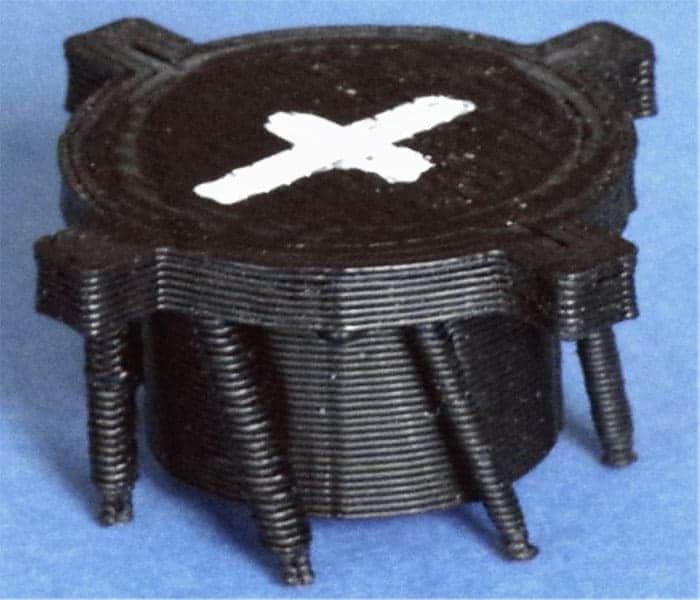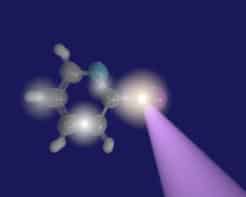Researchers in Japan have demonstrated a way to trap neutral atoms that could herald a new era in timekeeping. The team believes that an optical clock based on strontium atoms trapped in an optical lattice could lead to clocks that are accurate to one part in 1018 (Nature 435 321).

The gold standard in timekeeping is currently the caesium-133 atomic clock, which is accurate to 1 part in 1015 and is used to define the second. Optical clocks – based on single trapped ions or cooled atoms – are promising candidates to replace the atomic clock but they are hard to stabilize. However, this could be about to change thanks to work being carried out by Hidetoshi Katori and colleagues at the University of Tokyo and the National Metrology Institute of Japan.
By trapping a cloud of 10,000 cold strontium atoms at a temperature of just 2 microkelvin in a one-dimensional “optical lattice” the Japanese team says it has created a highly stable optical clock with an oscillator frequency of 429 terahertz. The lattice is formed by the peaks and troughs of the standing wave formed by reflecting light with a wavelength of 813.4 nm from a mirror. The atoms are trapped at the peaks of the standing wave.
“Our optical lattice clock demonstrates a line-width that is one order of magnitude narrower than that observed for neutral atom optical clocks and its stability is better than single ion clocks,” they write in Nature.
Trapping the atoms in the lattice enhances the stability of the clock by preventing the collisions between atoms that plague traditional neutral atom clocks. At the same time, the large number of atoms gives a strong signal. Single-ion clocks, on the other hand, emit a weak signal that needs to be averaged over a long time period.




